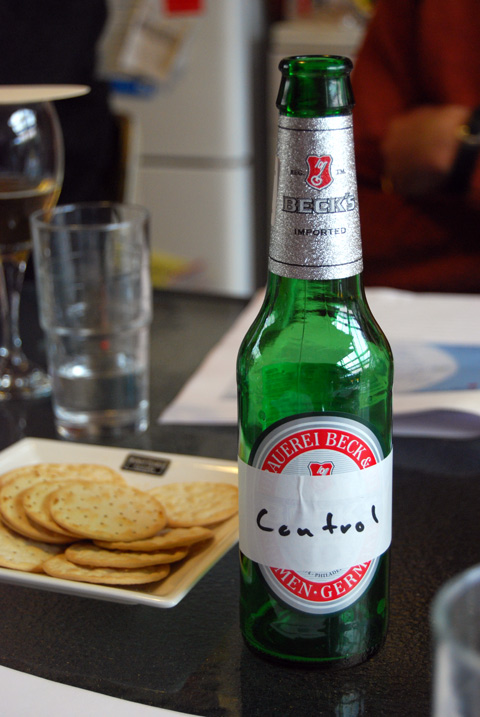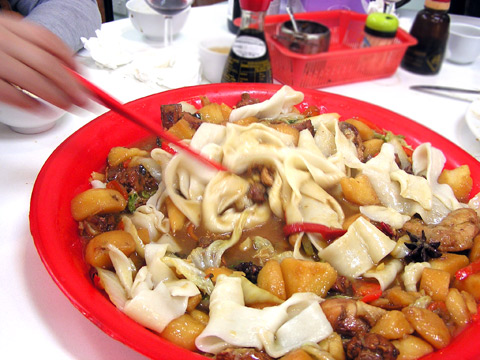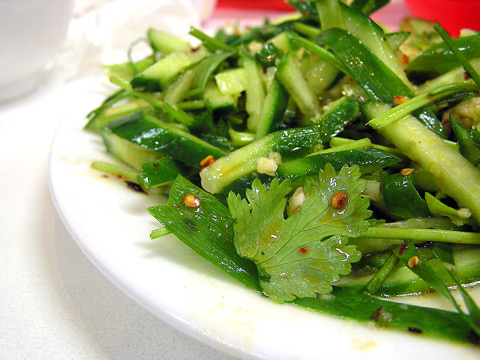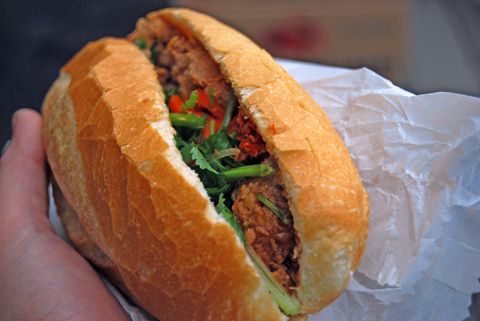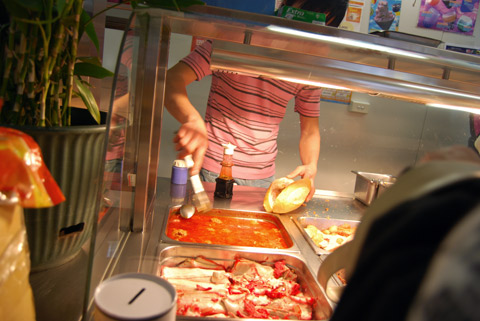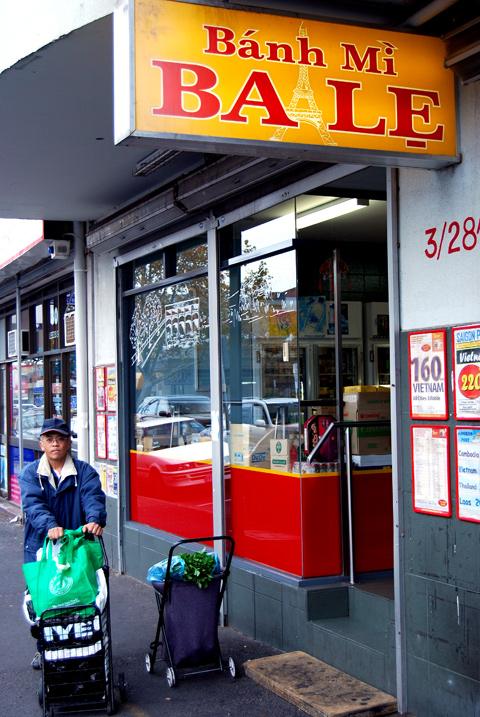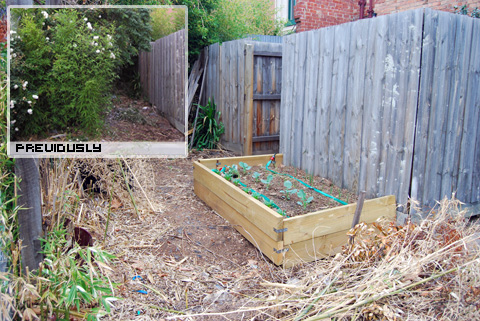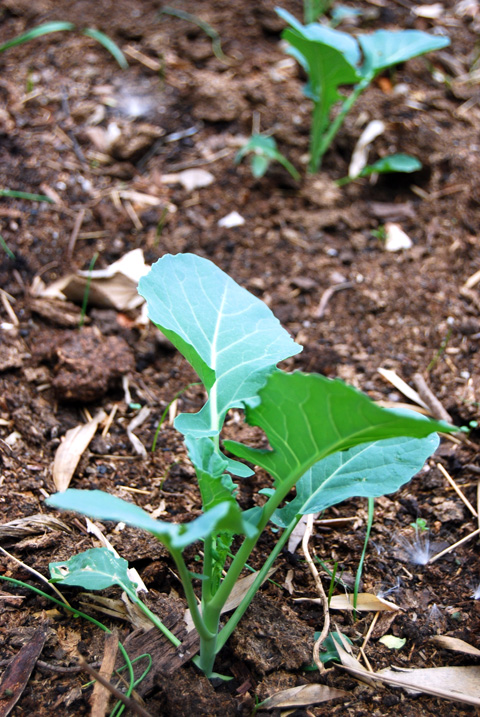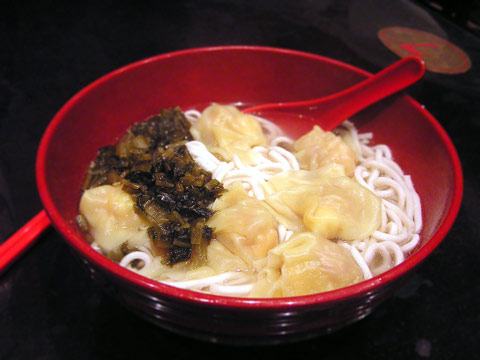If there is one thing that evaluating beer in Cambodia has primed my tastebuds for, it is tasting bad beer. I never particularly dwelt upon the reasons behind their badness because I was too busy trying to find synonyms for “watery”. I had never approached badness in a systematic way.
So the opportunity to pinpoint the reasons behind the badness could not be passed up. Tastes and the ability to discuss them with objectivity can be learned.
The key problem with beer is that it is a complex, living animal for at least some period of its existence. The yeast within it breeds and mutates; it acts differently when hot or cold, or in the presence of more or less oxygen. When dead, the yeast cells settle in clumps. Certain micronutrients inhibit the growth of some strains but promote the growth of others. It sometimes competes with other foreign organisms for the sugars used in brewing. The water used matters.
At every step of the brewing process, something can infect the beer: bacillus, clostridium, coliforms, acetobacter, gluconobacter. Other wild yeasts that float upon the breeze can drop in and take charge (in lambic beers, this is actually the goal rather than a problem).
It still amazes me that any two beers ever taste the same.
This weekend a friend and brewer, Ben from pint.com.au, bought The Enthusiast Beer Taste Troubleshooting Kit, a selection of 8 artificial flavors that are identical to the most common flaws in beer and invited a crew over to drink some deliberately and systematically tainted beer. Metal taint, spoilage by acetic acid bacteria, bacterial growth in the mash or fermentation, spoilage by wild yeasts, insufficient wort boiling, poor yeast health, use of old hops were all to be tasted. Often many of these things happen at once to beer but the ability to separate each of these problems out by taste alone is the cheapest way to improve the brewing process.
Some taints were much worse than others.
While most of my friends found the “infection by acetic acid bacteria” as a mild flaw, I thought it to be like drinking a cup of vinegar. The apple flavors of badly boiled wort weren’t right for a beer but nor were they hugely offensive to me. Nobody enjoyed the “bacterial growth in the mash” which I likened to having freshly regurgitated a whole fruitcake; others found it reminiscent of baby vomit. As someone who tastes things for a living, I’m still not sure if it is reassuring that I’ll now be able to identify that the goaty, damp basement smell in some beer is caused by coliform infection during fermentation or that the metallic flavor that I have come to associate with Angkor Lager is the fault of poor quality equipment at the brewing plant.
The full set of beer flaw tasting notes (PDF) is now at Pint.

